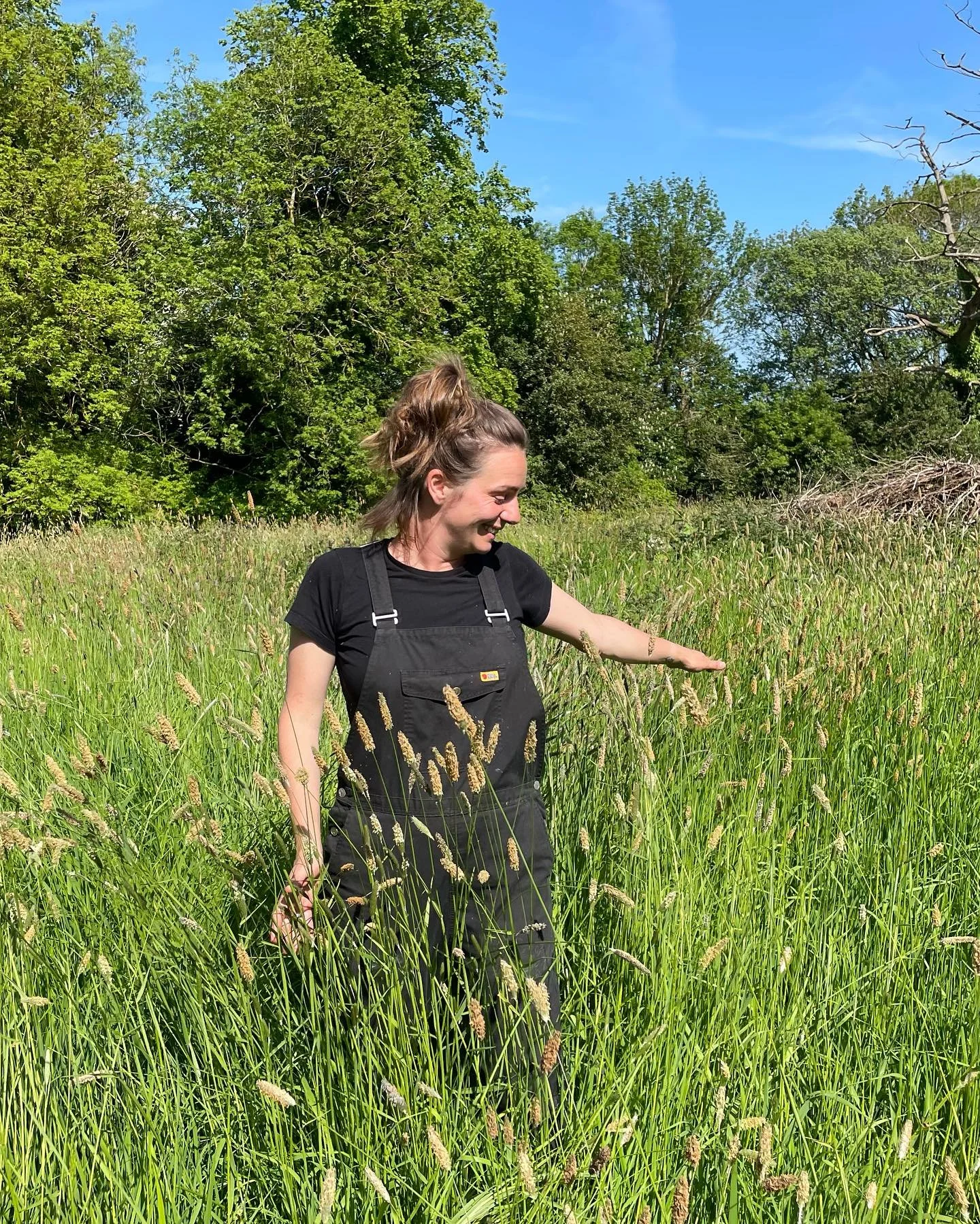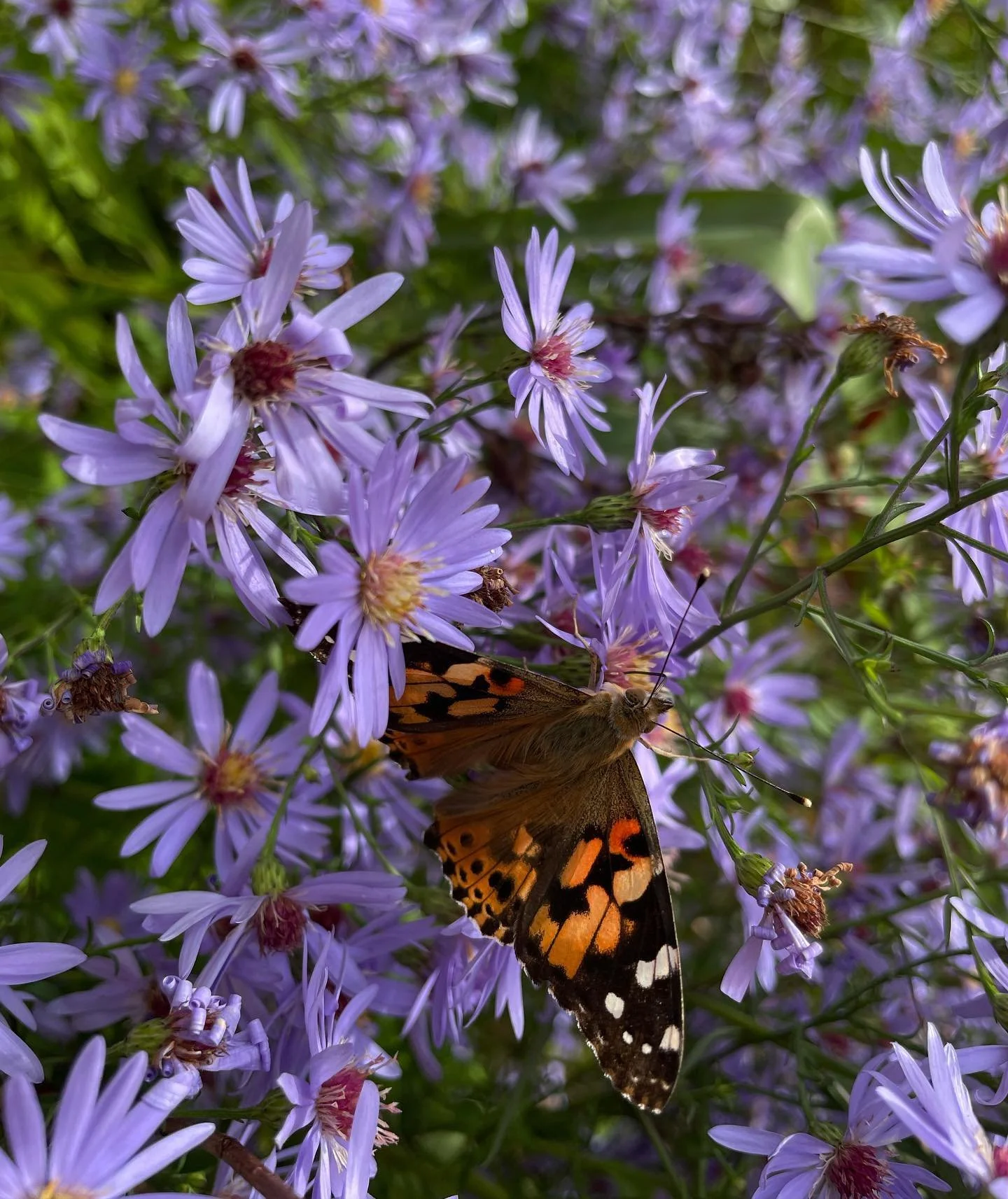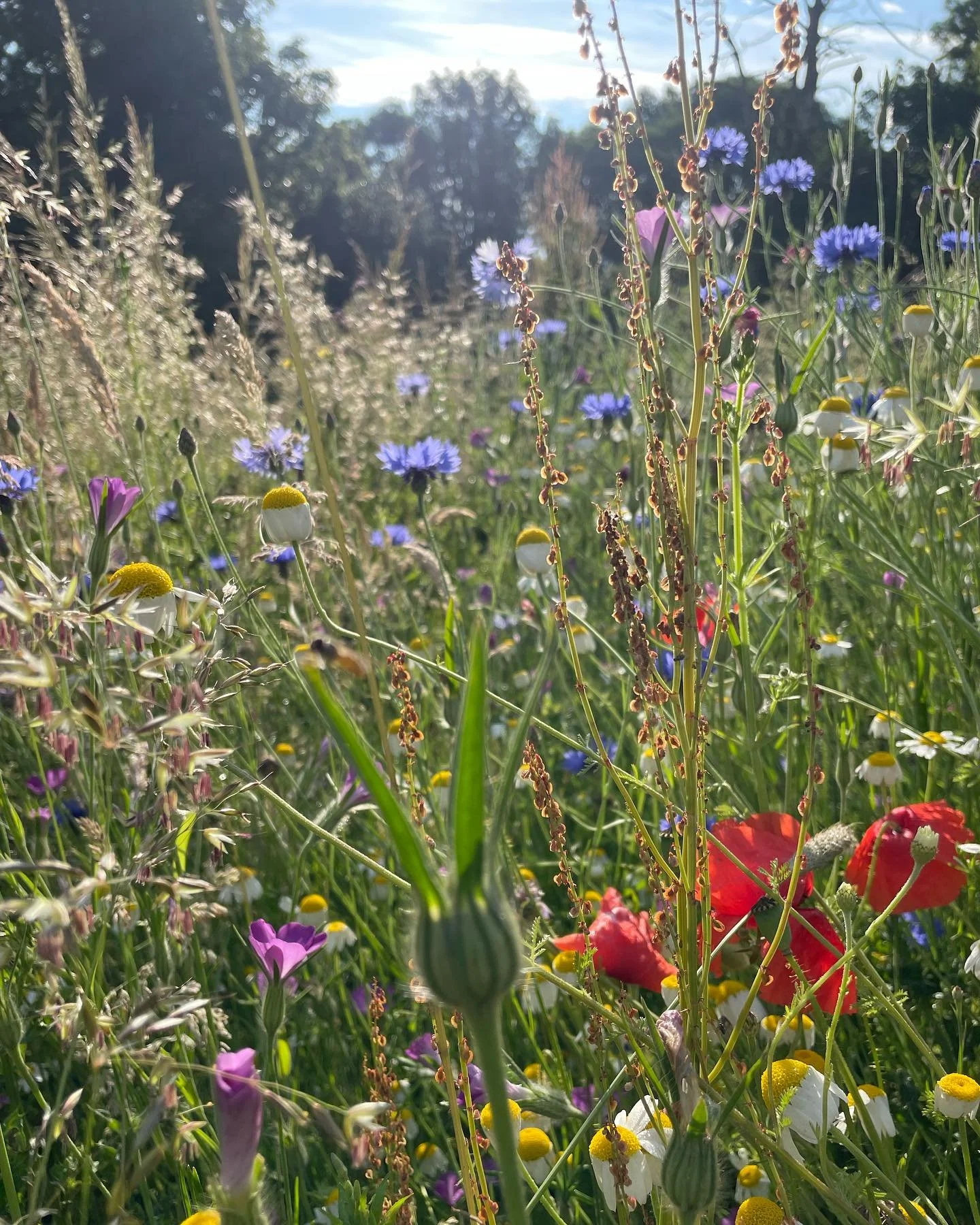Planting A Wildlife Friendly Garden
I recently got in touch with Rael Rawlinson, founder of “Flourish Gardens North East” to ask about the best way to go about planting to attract wildlife to your garden. Rael set up as self employed wildlife friendly gardener 6 years ago and as a friend, meadow maker and designer who is lead by nature, she felt like the perfect person to ask.
Does the size of your space matter when it comes to trying to attract wildlife? Ie - can someone with their back yard?
No not at all, any space at all can be beneficial for wildlife if you provide a few basic things. For example, a small dish of water can be a much needed watering hole for thirsty bees or small birds. Make sure you pop a few small stones in so they can perch or climb out. Plant pots with flowers for pollinators. Ornamental grasses can be great for nesting materials for birds in Spring. If even the smallest plots are utilised, we are then creating wildlife corridors so animals never have far to go before the next source of food, water or shelter.
Are there specific plants and flowers you would recommend for attracting bees?
For sunny spots, bees love Agastache, Nepeta, Eryngium, Penstemon and of course Lavender.
For part shade, try Digitalis (Foxgloves), Japanese Anemone and Alchemilla.
There are so many to choose from but as a rule of thumb, trumpet shaped flowers are popular with bees as well as flowers that are open in shape so they are easy for bees to access.
Nurseries are great now for labelling their plants with ‘bee friendly’ too so that really helps. Also while browsing at a nursery, observe which flowers are covered in bees- if it’s the right time of year of course!
Are there things to avoid?
A lot of the more traditional bedding plants are sterile and therefore have no nectar so try to avoid these. A better alternative to the traditional packs of bedding are things like Cosmos, Poppies and Cornflowers- all easy to grow from seed too.
Bees are attracted to colour but cannot see red very well so it can pay to avoid red or use it sparingly.
What can you do to ensure bees visit throughout the warmer seasons?
The very first pollinators appear as early as February as they emerge from hibernation. So think about planting in a way that provides a continuous supply of nectar from February to November. So as one flower type fades, another takes the batton!
Plug the gap between Winter and mid Spring with early Spring bulbs.
It’s also really useful to deadhead spent flowers so that bee’s don’t waste their energy flying to a flower that has no nectar left.
Find Rael on instagram Flourish Gardens North East



